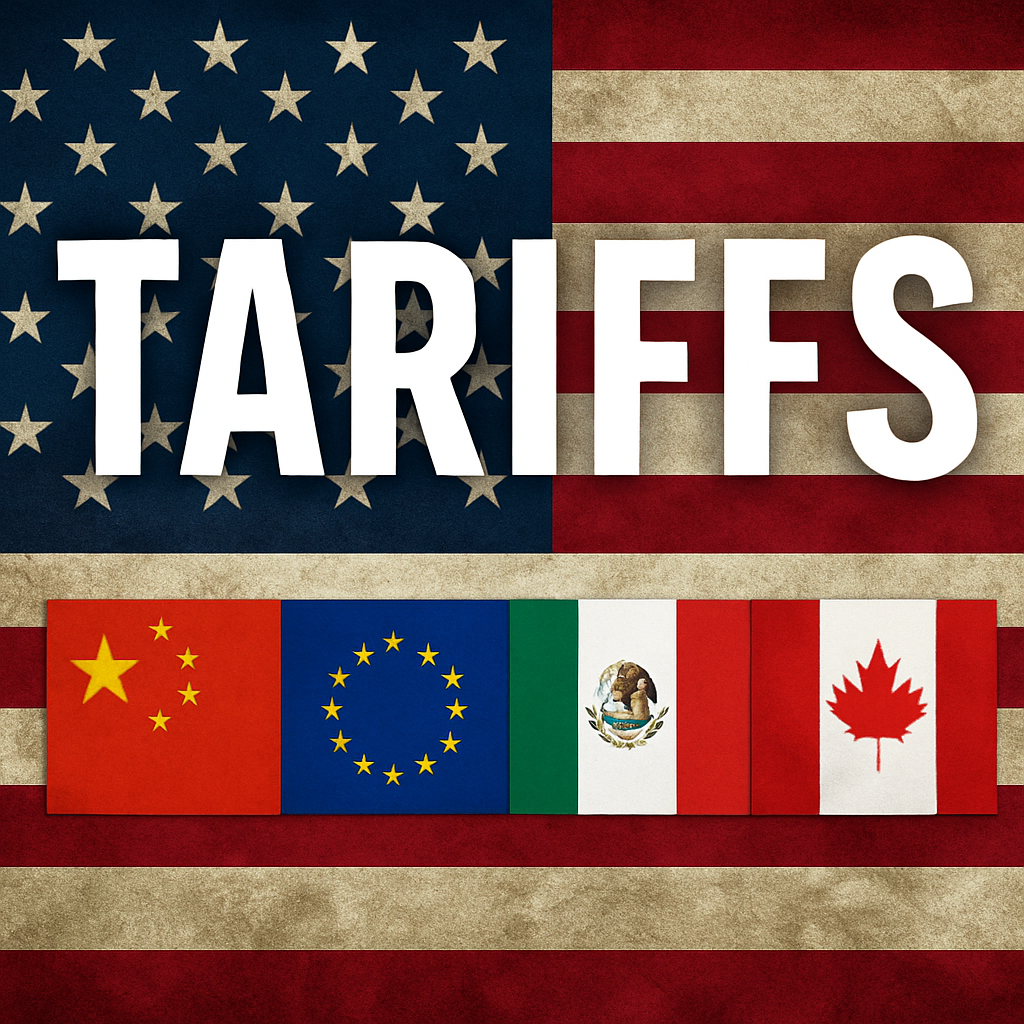The Illusion of Independence—and the Power of the American Consumer
As President Donald Trump ratchets up tariffs to historic levels in 2025, China, the European Union, Mexico, and Canada have publicly railed against the moves, claiming they can “pivot” to other markets. But behind the posturing, a stark economic truth remains: these global powers are deeply reliant on the United States—not only for trade, but for investment, currency stability, and even military protection.
China: The Fragile Giant
In 2024, the U.S. imported $438.9 billion in goods from China—2.7% of China’s GDP. That figure doesn’t even include the indirect dependency from Chinese factories producing goods primarily for U.S. companies.
-
Over 50% of China’s $3.34 trillion in foreign exchange reserves are held in U.S. dollar assets.
-
The yuan remains pegged to the dollar within a narrow band, and nearly all global energy and commodity purchases are settled in dollars.
-
Foreign firms are fleeing China amid tariffs, relocating to Southeast Asia or the U.S. directly, eroding Beijing’s industrial foundation.
Despite propaganda efforts, China cannot decouple from the U.S. without severe economic collapse.
European Union: Export Heavyweights, Import Dependent
The EU exported $571.1 billion to the U.S. in 2024—roughly 3% of its GDP, making America its largest export market.
-
The U.S. holds a $217 billion trade deficit with the EU.
-
36% of all new EU greenfield investments come from U.S. firms.
-
EU foreign reserves include $297.5 billion, much of it in dollars for energy and financial stability.
-
The U.S. has long subsidized Europe’s military security through NATO—relieving EU governments of major defense costs and allowing greater domestic spending.
As the U.S. now demands burden-sharing, Europe is bracing for spending cuts, increased taxes, and military conscription.
Mexico: Export Dependency and the Backdoor Closed
Mexico exported $505 billion to the U.S. in 2024—30% of its GDP. America is its economic lifeline.
-
The USMCA agreement once allowed foreign firms to use Mexico as a backdoor to tariff-free access to the U.S.—but Trump’s tariff expansion has closed that loophole.
-
Chinese and EU firms had ramped up Mexico investment to dodge U.S. tariffs. Now, those investments are at risk or being scaled back.
-
The U.S. is also Mexico’s largest source of direct investment, providing over $16 billion in 2024.
With U.S. tariffs rising, Mexico faces not just export disruption—but a broader GDP hit and collapsing investor confidence.
Canada: Economic Integration and Investment Reliance
Canada exported $412 billion to the U.S. in 2024—77% of all Canadian exports, equal to 19% of Canada’s GDP.
-
Nearly half of all Canadian FDI comes from the U.S., totaling $438 billion.
-
Despite courting Chinese capital, Canada’s economy runs on U.S. trade and investment.
-
U.S. tariffs threaten to disrupt energy, auto, and agricultural sectors critical to Canada’s stability.
The Bottom Line: Trump Holds the Cards
Despite their bluster, none of these nations have a viable alternative to the American market. They trade globally—but the scale, purchasing power, and capital access of the U.S. cannot be matched by China, Russia, or the BRICS coalition.
That’s why President Trump has escalated tariffs, using America’s unrivaled market as leverage—not just to reshape trade deals, but to reassert U.S. sovereignty and power on the global stage.

